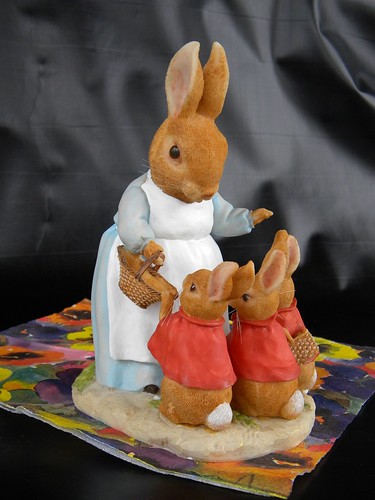Though not as flashy as Shakespeare or as strange as Lewis Carroll, Geoffrey Chaucer contributed much more to the English language as a writer than both of them put together. He is called the Father of English literature and is single-handedly responsible for creating nearly 2,000 words that we use today. He was the very first person to be interred at Westminster in the famed Poet’s Corner and his stories were so good, Heath Ledger and the future Vision actor starred in an adaptation of his work about 600 years after he wrote it. What’s ironic is that the author best known for the Canterbury Tales never made a single cent off his writing.
The Merchant of London
Geoffrey Chaucer was born into the merchant class into rather fortunate circumstances. His father was a successful vintner, winemaker, and he worked for the crown for most of his career -- even when the crown changed heads a few times during the tumultuous Hundred Years’ War.
Remembered today as one of the great writers and studied in schools the world over, Chaucer was a diplomat, a courtier, a soldier and a clerk to the King, among other things. He was, for all intents and purposes, a government employee…and he was not really a rich man. He was a merchant, not a Lord or a noble, and he almost never stopped working -- proof that he needed money to live, just like anyone else.
Somewhere in the midst of this busy life, Chaucer became one of the greatest poets the world has ever known. History does not show any record that Chaucer ever received any money for his work but he did, perhaps, receive some acclaim. During a St. George’s Day celebration in 1374, King Edward III rewarded Chaucer with a gallon of wine every day for the rest of his life. This is probably the only payment he ever received for writing some of the greatest works in the English language. And for shaping the English language.
Working Man, Amateur Writer
Chaucer did make good on the King’s promise, collecting his gallon of wine daily until the crown shifted to Richard II. It was then that Chaucer began to receive a monetary grant but by then, he was employed as a comptroller for the port of London so the salary may be tied to this position.
Geoffrey Chaucer was the first to be interred at what is now known as Poet’s Corner in Westminster. Today, he keeps company with the likes of William Shakespeare, Charles Dickens, Rudyard Kipling and Lord Tennyson.
Like many modern writers, Chaucer worked every day of his life and wrote in his free time. He invented thousands of words, which is beyond remarkable, and wrote a book that people are still reading 500 years after his death.
Chaucer did not write for money, because he didn’t get any, and he didn’t write for fame, because he wasn’t known for being a writer by most people until after his death. He lived during a time of war and chaos in England and maintained employment even as Kings were being killed in battle and worse. And he wrote. He held many different positions in his life and clearly knew how to hustle and never stopped, working steadily through most of his life. But in the end, he is known as a writer and was remembered as one of the greatest to ever pick up a quill.
He worked government jobs, serving at the King’s pleasure as a clerk and any other position to which he was appointed, but when he could have his own time he wrote things.
And though he lived and died so many centuries ago that his version of English is only just recognizable to modern readers…he was a lot like many writers out there today. Most writers are fairly regular people who aren’t born rich, who have to work for a living and sometimes at jobs they might not love, who write what they can in their free moments. And some writers, like Chaucer, might not make a penny from all their writing efforts.
But it didn’t keep him from inspiring generations and generations of writers in the future and it didn’t keep him from becoming immortal as one of the greatest writers who ever lived. So remember this: the end of your own story hasn’t been written yet.









.jpg/536px-JudyBlume2009(cropped).jpg)

































